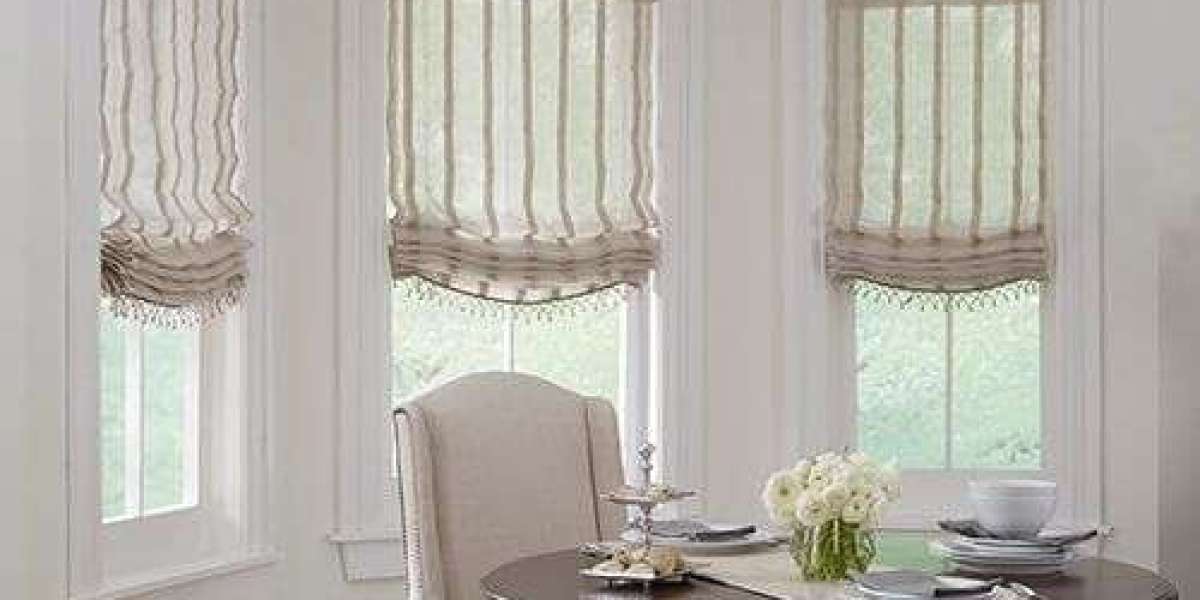1. Consider the Kitchen Environment
Kitchens are high-humidity, high-traffic spaces. So your curtain fabric must be:
Durable
Easy to clean
Resistant to moisture and grease
Best fabric options:
Polyester blends: Easy to wipe down
Cotton: Breathable and machine-washable
Linen: Lightweight but should be pre-treated for humidity
Avoid heavy materials like velvet or thick blackout curtains—they absorb smells and are hard to clean.
2. Opt for Light and Airy Styles
Kitchen curtains should provide a balance between privacy and natural light. Popular styles include:
Café Curtains: Cover just the lower half of the window—perfect for privacy without blocking daylight.
Valances: Decorative top treatments that add style without bulk.
Tiered Curtains: A combination of valance and lower curtain panel.
Roman Shades: Offer full coverage when needed and fold neatly when raised.
Pro Tip: Use sheer materials if you want constant sunlight while keeping the room feeling open and clean.
3. Match Your Kitchen Aesthetic
Your curtains should complement your kitchen’s color palette and overall style. Here are some quick combos:
Modern kitchens: Go for simple, solid-colored curtains in whites, grays, or matte finishes.
Farmhouse kitchens: Try gingham, floral, or ruffled cotton café curtains.
Boho or eclectic: Consider bright prints or patterned tiers.
Coastal style: Light linen panels in blue, white, or sand tones.
4. Easy Maintenance Is a Must
Since curtains near stoves or sinks are prone to splatters and smells, always choose washable fabrics. Look for:
Machine-washable labels
Fade-resistant and wrinkle-free options
Stain-resistant coatings if available
Wash your kitchen curtains every few months to keep them looking fresh and hygienic.
Conclusion:
Kitchen curtains don’t just belong to décor—they’re hardworking, style-defining features. With the right material and design, they can brighten your kitchen and make the space more functional.








